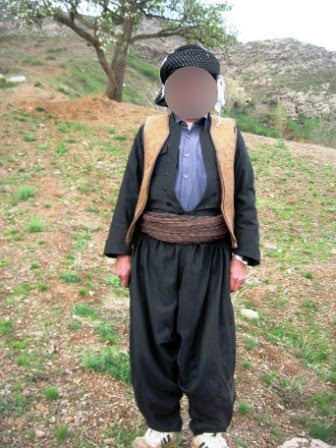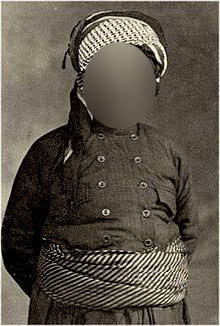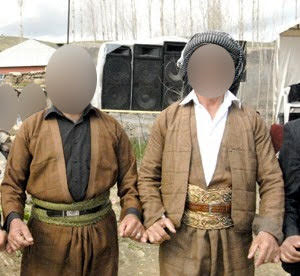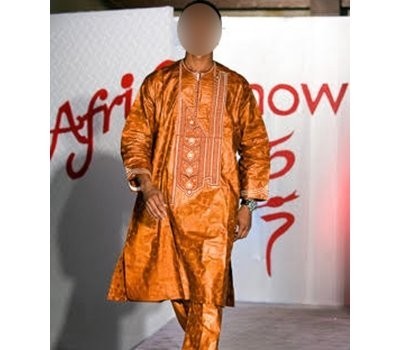Traditional dress of Tunisia
After having discovered with you the morroccan suit, Costom Qamis continue its people’s journey and honour today the tunisian suit. We stay in Maghreb where fabric is rich in history, eventhough different, has common roots with neighbouring countries. We tell you everything about jebba, burnus, farmla and sarouel, our tunisian friends’ clothing.
Tunisian jebba
Made of flax, silk or whool, tunisian jebba is a key element of tunisian traditional men suit. This clothes which covers all the body, except forearms and calfs, is very famous in the country. Large, cheerfully full of embroidery, jebba still seduces people and is, by the way, the most common form of tunisian traditional suit.
Cultural mix
Resulting of turkish and andalousian influences, jebba, as we know it today, has preserved its original arabe roots, in terms of general appearance. Ornemental trimmings, colors, fabric’s quality are standards of the location where jebba’s been worked in.
Controled expertise
Jebba is oldest and more important heritage of tunisian clothing. The making of the famous tunisian jebba is orchestrated by craftswomen and craftsmen who cut, sewe, embroider with unique methods of each region.
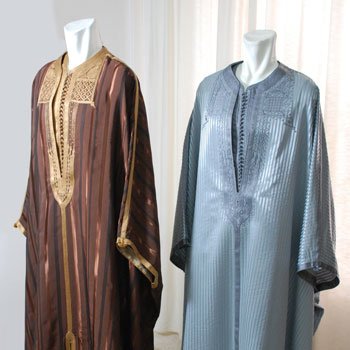
Source : https://badrah.skyrock.com/
Different types of jebba
Tunisian jebba is produced in different models :
-
Harir jebba, silk made, is mostly found in white. It is for wedding days, celebrations, religious feasts
-
we also have a type of jebba with whool and silk bands, from Tozeur region ( southern Tunisia) which is worked in a traditional weaving loom.
-
Then there’s Mlifa jebba, which name derives fromm a whool imported from East and Europe, particulary Great-Britain. Woven in classic shades of grey, green and blue, classic colors for winter’s everyday life. It goes well with burnous, another clothing for winter we’ll discover later.
-
we also have Kamaraya flax made jebba, also called Chmouss, known for its sun shapes, kamara, harbla, karamsoud in green.
Complete jebba
What would jebba be without its vest, sarouel and famous jacket? Commonly called farmla, sedria or bedaia, vests that oftenly go with jebba can be worn open or closed, and are completed by a jacket named mentane. We do not forget to mention bloomers ( sarouel) which go with a large silk belt.
Farmla
It is a vest full of large gold braids. Wide opened it is full of buttons withon buttonholes. The outgoing beauty and style of jebba has also influenced international great couturiers who made more modern and western versions of it for fashion shows.
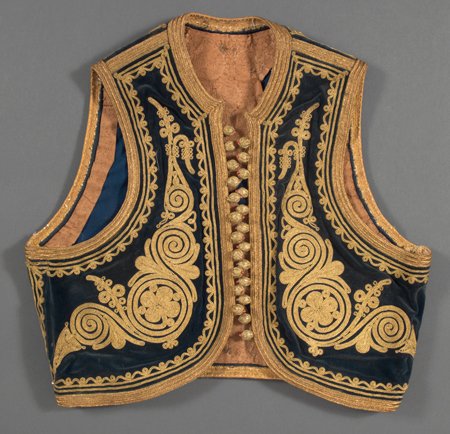
Source : https://traditions-tunisie.com/la-farmla/
Sadria
Sadria means a sleeveless under vest, without back and front opening. It only has three holes leaving passage for head and arms. Sadria fits body almost like a corset does. It is worn by Tunis people.
Sarouel
Sarouel is a bloomer with a silk belt which must be tighthened. A highlight for men trousers. It will always be adapted to jebas and sadrias as for its colors and embroidery.
.jpg)
Sarouel, gilet (sadria), jebba. Source : https://clients.comguru.tn/siliana/224/
Tunisian Burnous
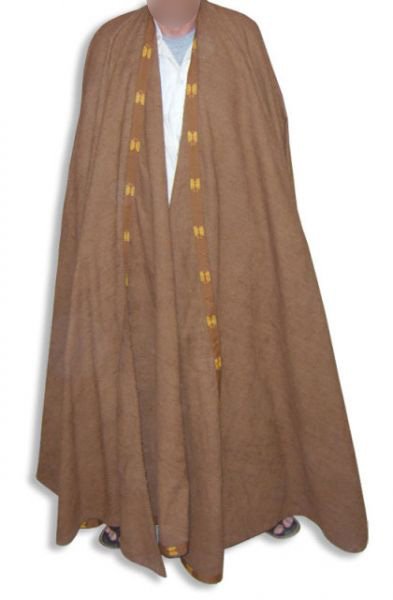
Burnous is a vesment worn generally in winter, which brings a special touch to jebba.
Almost capital in cold time, tunisian burnous is decorated with special embroidery made by famous embroiderers, named Bransias.
Some clothing die little by little, because of fashion changements, until becoming forgotten. And others, much more popular, survive. Tunisan jebba, since the Fatimid period, has been able to face challenge of modernity and getting celebrity accross borders.

